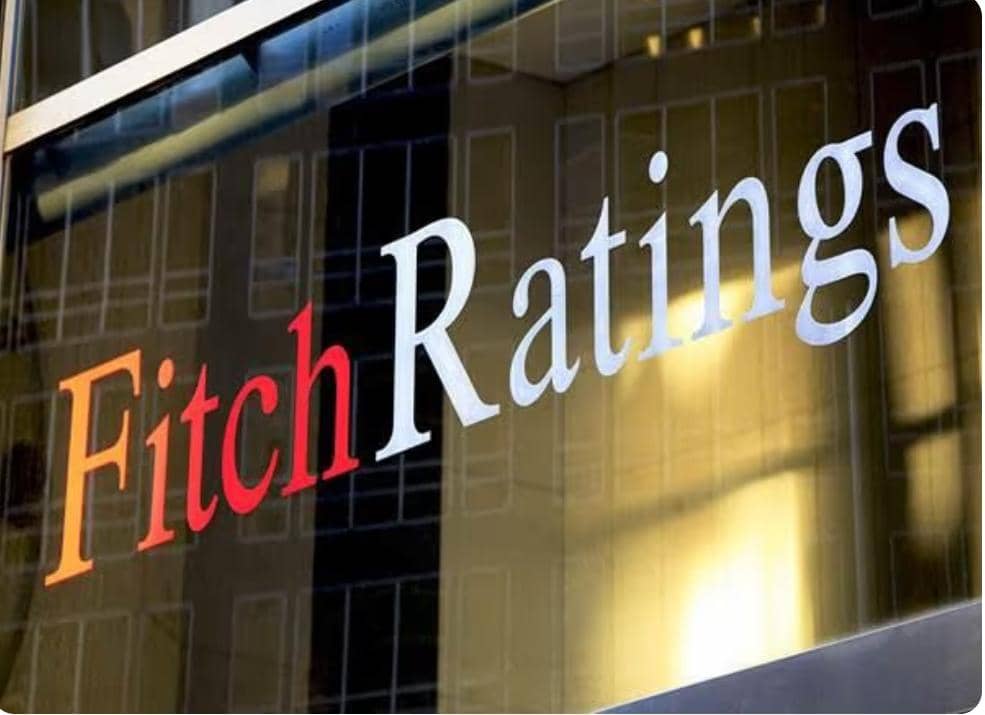On Tuesday, 12 August 2025, Fitch Solutions in a report projected that the Bank of Ghana will gradually lower its policy rate to 23% by the end of 2025 and further to 20% by the end of 2026.
In its latest report titled “Monetary Easing to Persist in Ghana Until Mid-2026”, Fitch Solutions predicts a 100-basis point reduction to 24% at the Monetary Policy Committee’s September 2025 meeting followed by another 100-basis point cut in November.
This follows a sharp 300-basis point cut to 25% in July 2025, with the UK-based research firm citing moderating inflation, stable exchange rates, and supportive global gold prices as key factors for sustained monetary easing.
The easing cycle, it says, will extend into the first half of 2026, supported by elevated gold prices, global trade uncertainty, and geopolitical risks that will help keep the cedi stable and imported inflation pressures low.
With the Bank of Ghana’s benchmark interest rate expected to drop further over the next two years, fitch solutions forecast 23% by the end of 2025 and 20% by the close of 2026.
Meanwhile, the average inflation is forecast to moderate from 22.9% in 2024 to 15.5% in 2025 and 12.2% in 2026, giving the central bank room to maintain a dovish stance in its upcoming meetings.
In a related development, cnsumers and businesses in Ghana could soon see reduced borrowing costs, following a sharp drop in the Bank of Ghana’s Monetary Policy Rate to 25%, the lowest level in two years, according to the CEO of the Ghana Association of Banks, Mr. John Awuah.
Mr. John Awuah, has indicated that recent monetary easing by 300 basis point the Bank of Ghana is expected to translate into lower lending rates for consumers.
Speaking to 3Business on the sidelines of a wreath-laying ceremony held at the forecourt of the Jubilee House in honour of eight individuals who died in a helicopter crash, he explained that the Bank’s decision to cut the Monetary Policy Rate (MPR) from 28% to 25% is already influencing commercial lending conditions.
“As a borrower from BoG, the facility rate is benchmarked to the Ghana Reference Rate. As the reference rate goes down, you should see the full weight of that reduction in your new lending rate,” he stated.
The Ghana Reference Rate (GRR), which serves as a benchmark for setting lending rates by commercial banks, is derived from key indicators including the MPR, the 91-day Treasury bill rate, interbank lending rates, and a risk premium.
He added that the reference rate has declined significantly-from around 22.23% to 19.67%-amplifying the potential relief for borrowers.
Supporting this trend, the 91-day Treasury bill rate has dropped to approximately 10%, reflecting broader declines across key market indicators.
The development is seen as a positive signal for businesses and individuals seeking credit, especially after prolonged periods of high interest rates driven by tight monetary policy aimed at controlling inflation.
This is the first time in three years the policy rate has dropped to 25% and declined by 300 basis point in over a decade.
Source:3news.com


